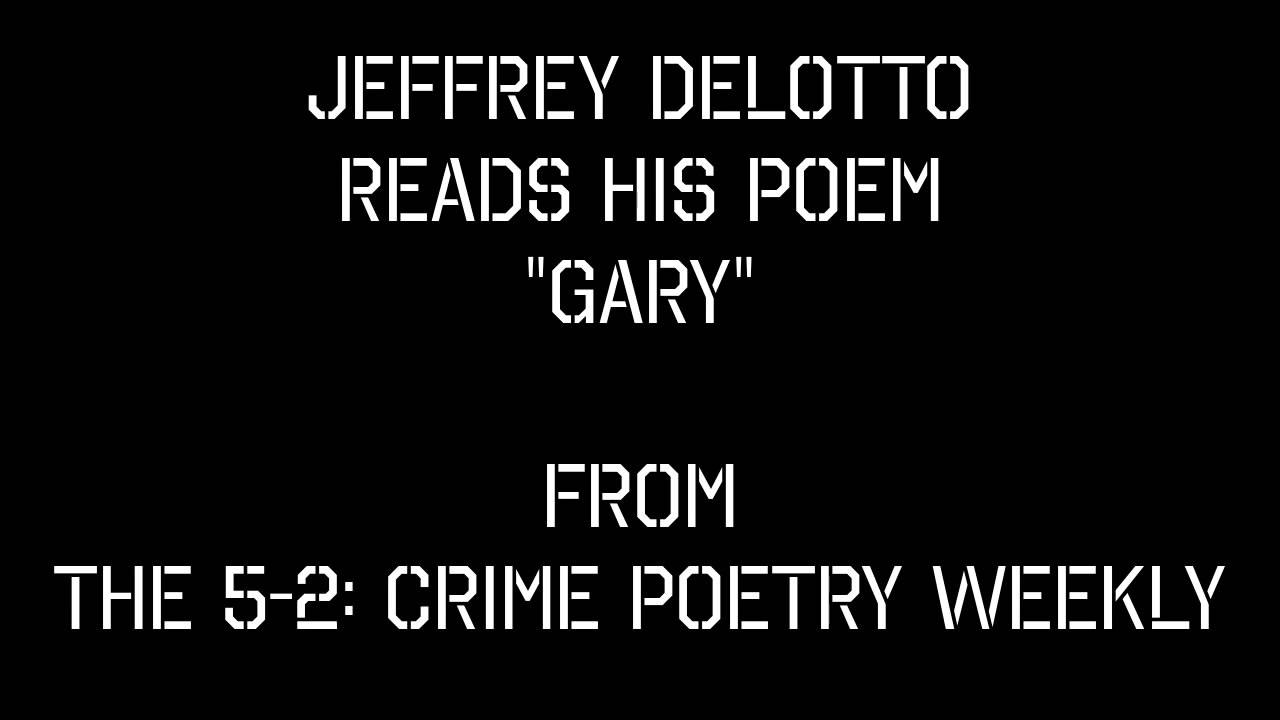How long should you wait after someone dies to mention their name? How long until it becomes acceptable to use their story, to exploit their experiences, whether you knew them or not? Is it acceptable to make someone’s death into your own art? Is it acceptable, is it art, to appropriate a brutal death as your artistic subject?
Regardless of whether or not you think that it is, it has been done. In fact, it was done recently when Kenny Goldsmith, a professor at Princeton University and University of Pennsylvania read a slightly modified version of Michael Brown’s autopsy report at a conference called, Interrupt 3 at Brown University. The poem rehashed the injuries and the death of Brown, who was shot and killed by police in Ferguson, Mississippi last year.
The immediate internet response was outrage. People judged Goldsmith’s work as crass, problematic, and even racist, coming from a solely white dominated perspective and covering a hugely controversial topic in our society right now. Interestingly enough, however, most of the participants in the conference did not appear distraught, in fact they were described as rather subdued. The poem did cause confusion, though, and the conference ended early and without discussion of the piece.
Despite the fact that many of the reactors stated that they found Goldsmith’s piece to be terrible, racist, and offensive and a cheap stunt, the poet laureate stated that in fact the piece was meant to pay tribute to Brown’s death. That being said, the poem itself was just a reorganized version of the St Louis autopsy, ending with a quote about the unremarkable genitals of the deceased.
Goldsmith’s style of poetry is what he, himself calls uncreative and simple. He rearranges existing texts and makes them his own. The only original thing deriving from his is the conversation that it sparks afterwards. Goldsmith released a short response to the outrage on facebook where he stated that it is always his goal to, ‘massage dry texts to transform them into literature… a writer need not write any new texts but rather reframe those that already exist in the world to greater effect than any subjective interpretation could lend…”
This piece has led to a vast amount of discussion, inspiring discussion across a wide variety of people. From internet personalities to groups like Mongrel Coalition, there are many who began to discuss the more implicit undertones in relation to Goldsmith’s piece. The group Mongrel Coalition discussed the new wave of literature, pondering whether Goldsmith’s piece was justified as poetry and judging strongly against that idea. They called it an attempt at salvaging the corpse of conceptualism, and instead only leading to a terrible mix of White Supremacy and Poetry. They said that Goldsmith could not, in the end, differentiate between the two.
Yes, it is quite obvious that Goldsmith’s piece has garnered a large amount of publicity. People are truly questioning whether or not it is art. But I have to ask, is art not supposed to cause discomfort? Isn’t art supposed to make you think, force you to confront the horrors of society and the worst of the worst that is going on today. While Goldsmith did choose a truly hot topic, and perhaps did not do it in the most respectful or smoothest way possible, as an artist he did something that I believe is the point of art. He made people feel something in relation to his subject, his words, and how he presented them. Whether or not you agree that Goldsmith had a right to present Brown’s autopsy as a poem, whether or not you agree in the way he presented it or how he covered this heated aspect of our society today, he did his job as an artist very well.
Goldsmith’s poem managed to massage an entirely new meaning and new understanding of the medical, logical autopsy. He managed to bring to life the atrocity of this young man’s death all over again. He forced a variety of people to confront how they feel about what happened, to confront how they feel about the racist tensions that permeate the media, the news. The outrage that ensued only seems to support the idea that Goldsmith did his job as an artist all too well.
He did not back away from the challenge, he took one of the most controversial, disputed, contentious arguments in our society and presented it to an unsuspecting group that was immediately forced to acknowledge and consider one of the most wretched aspects of our society today.







